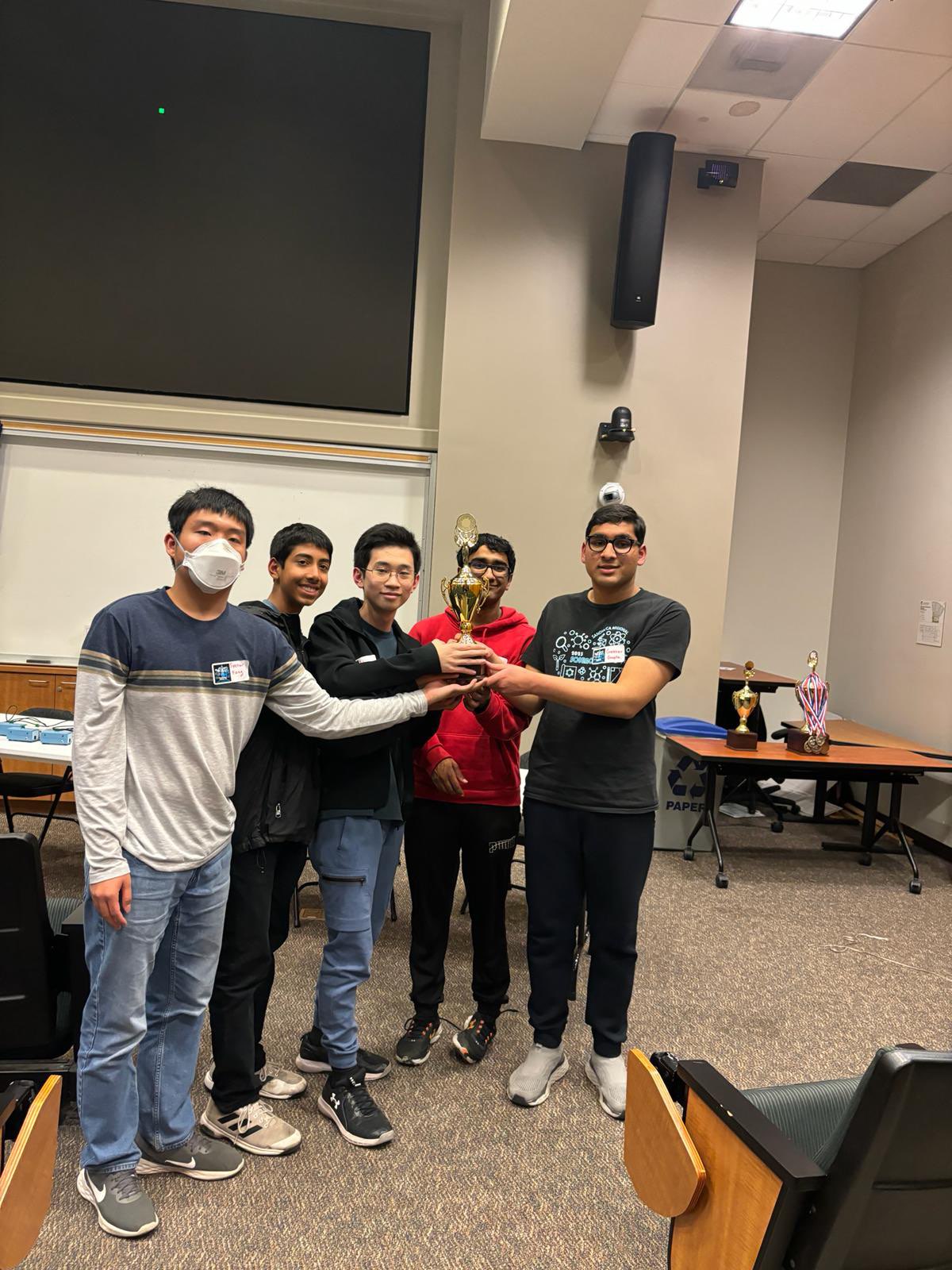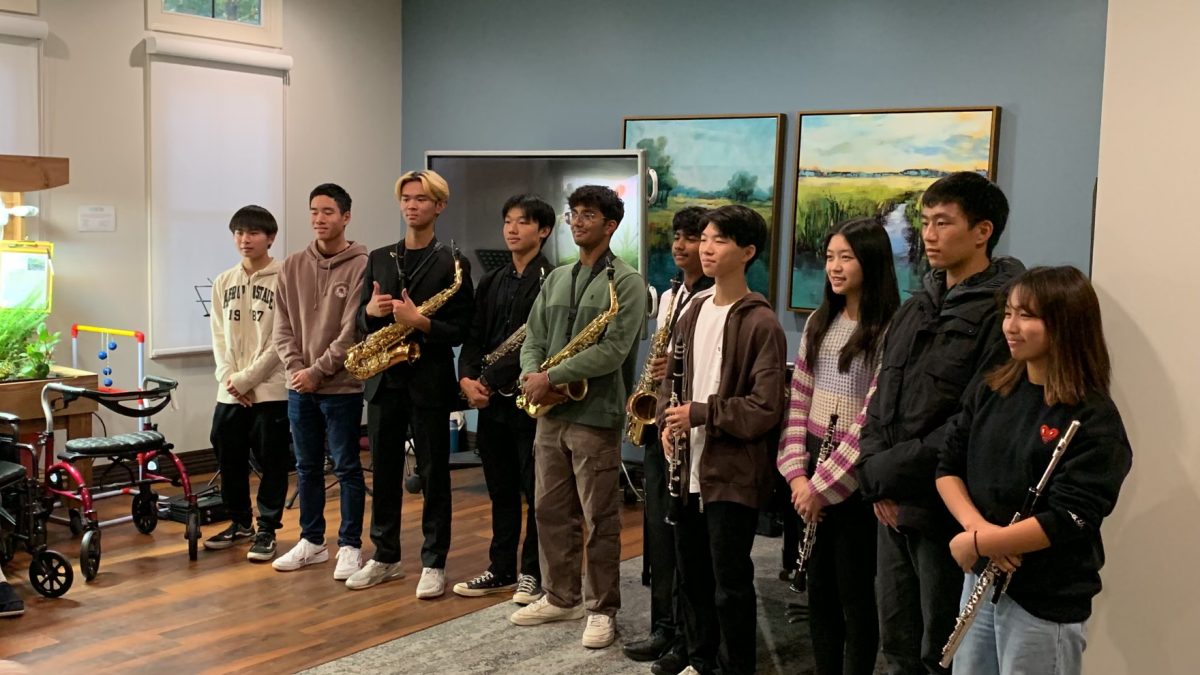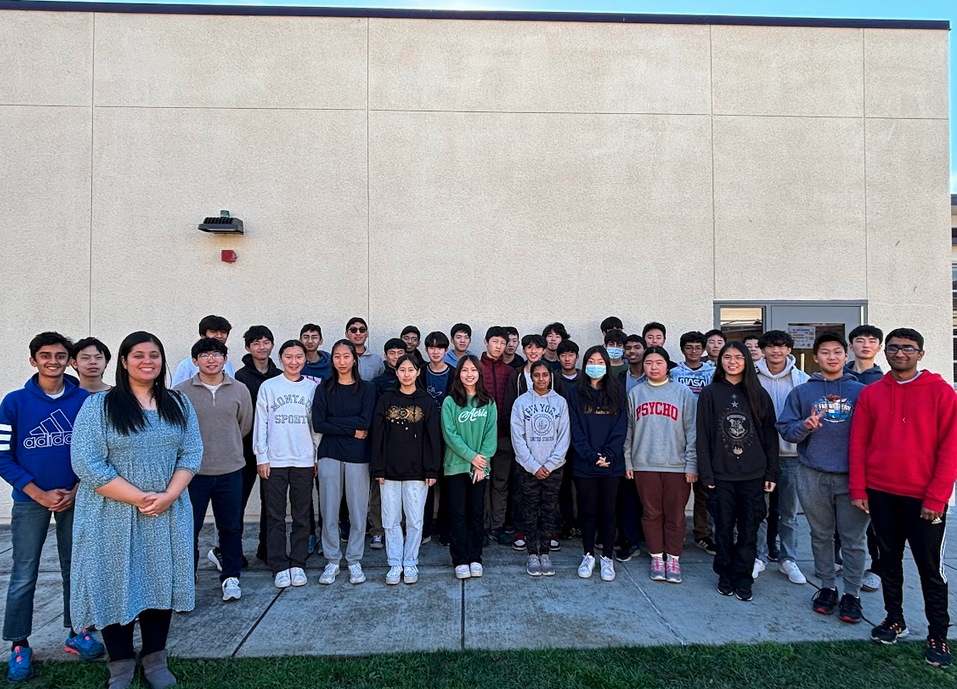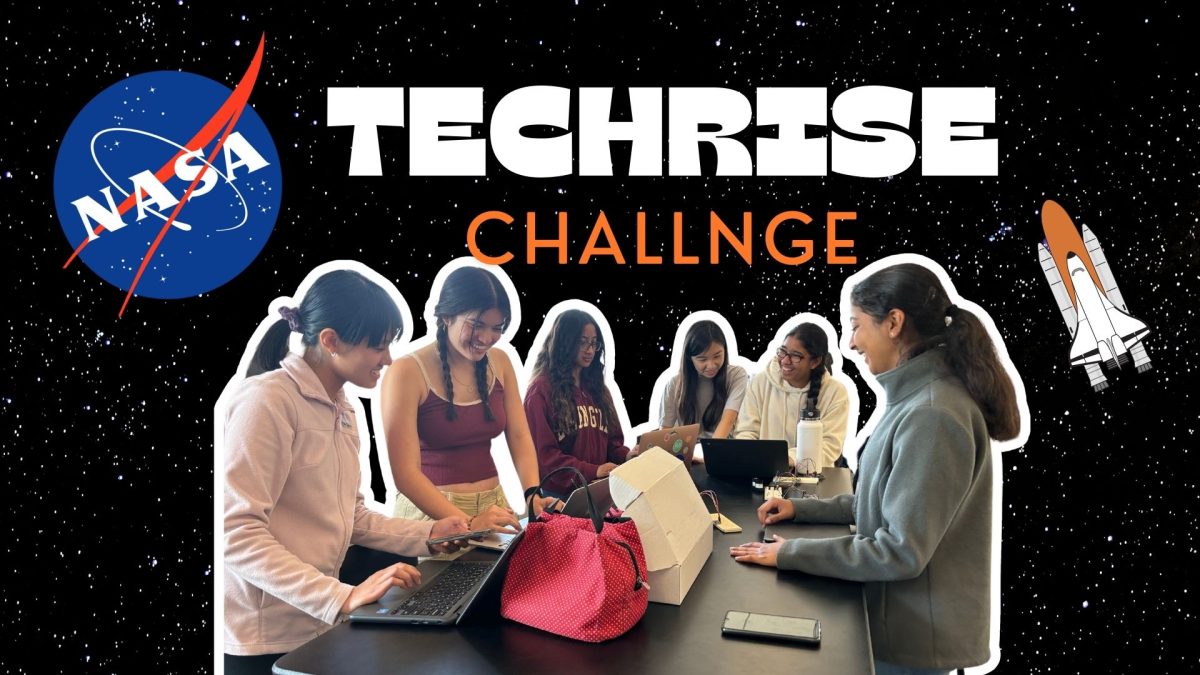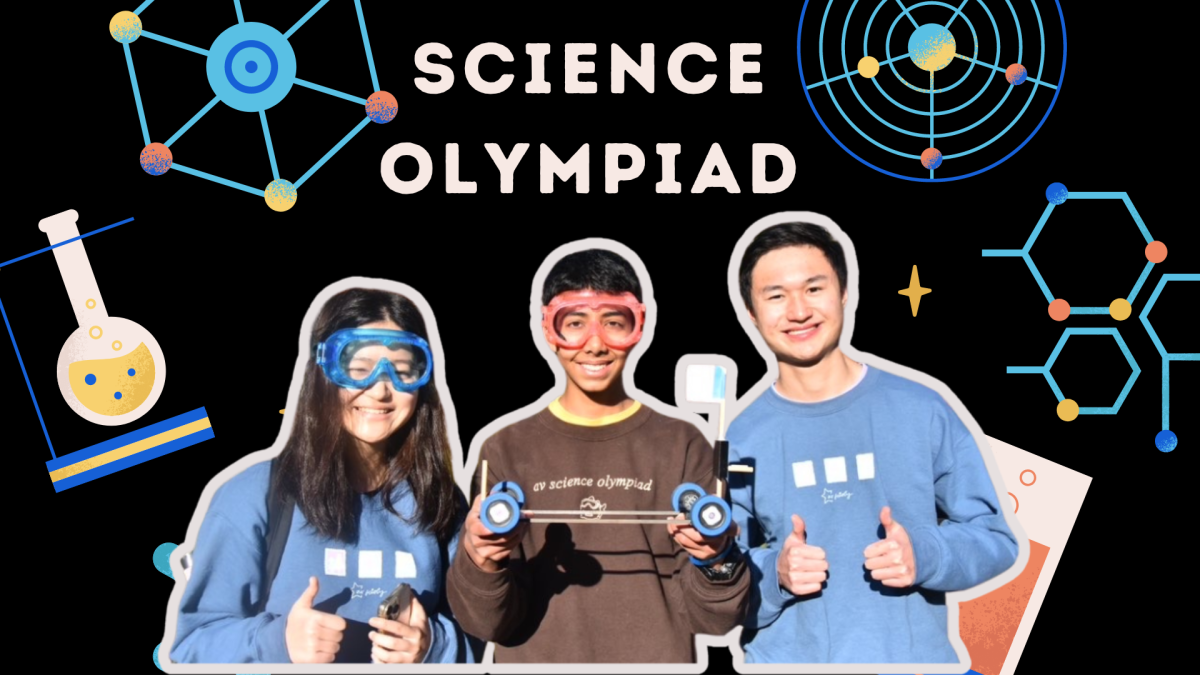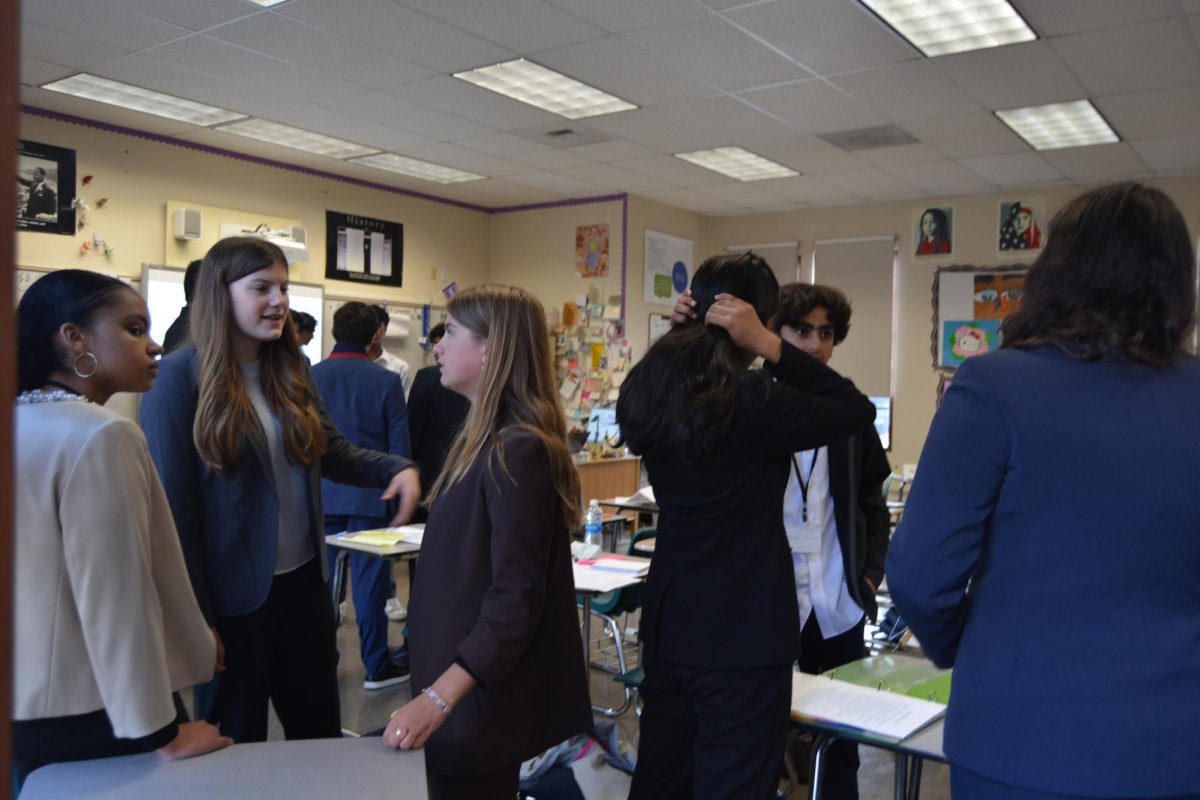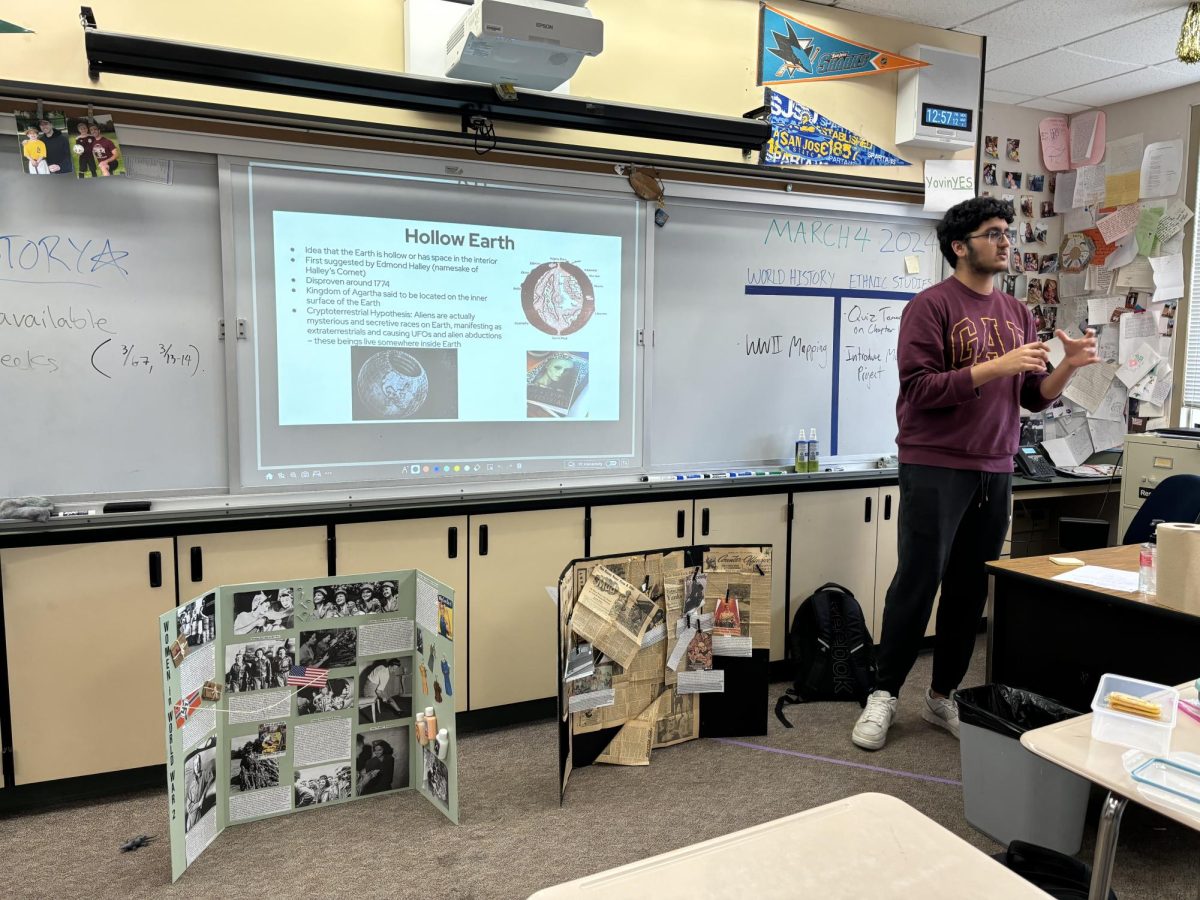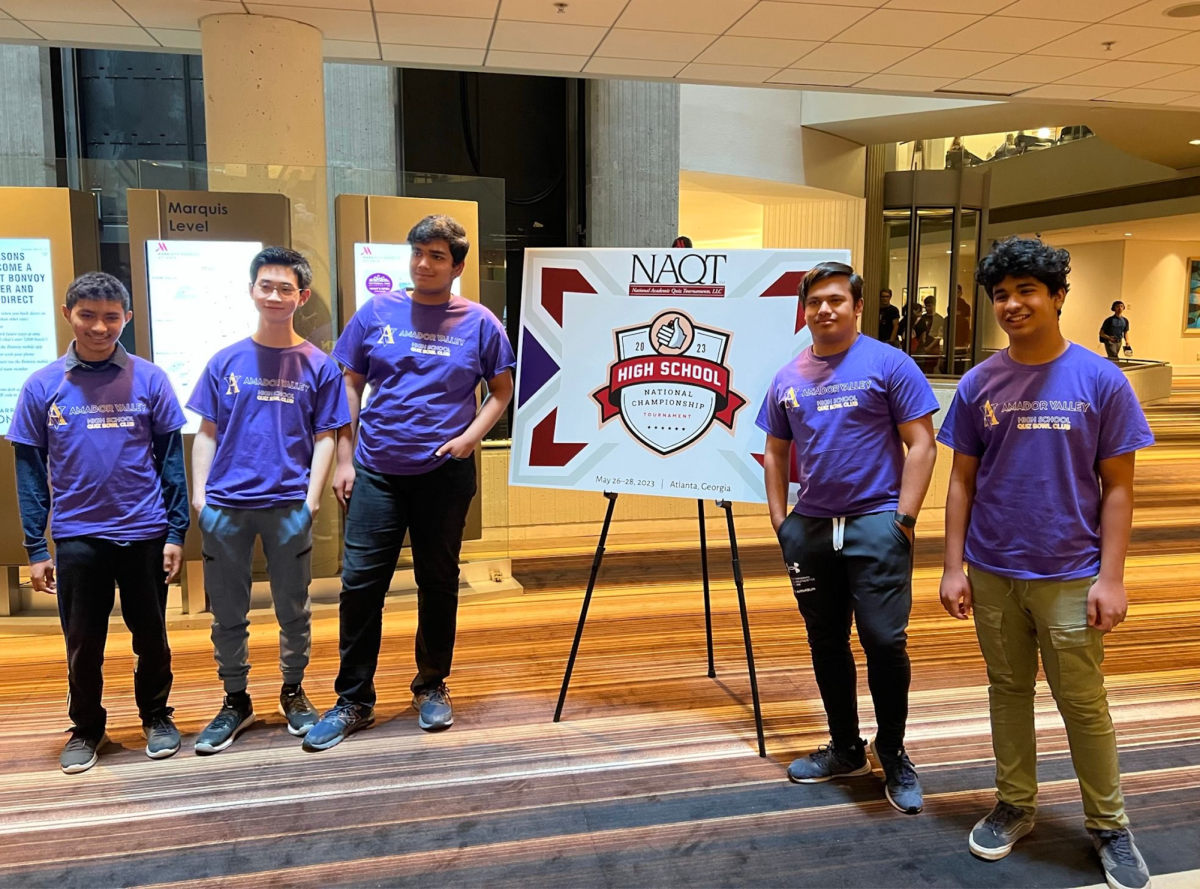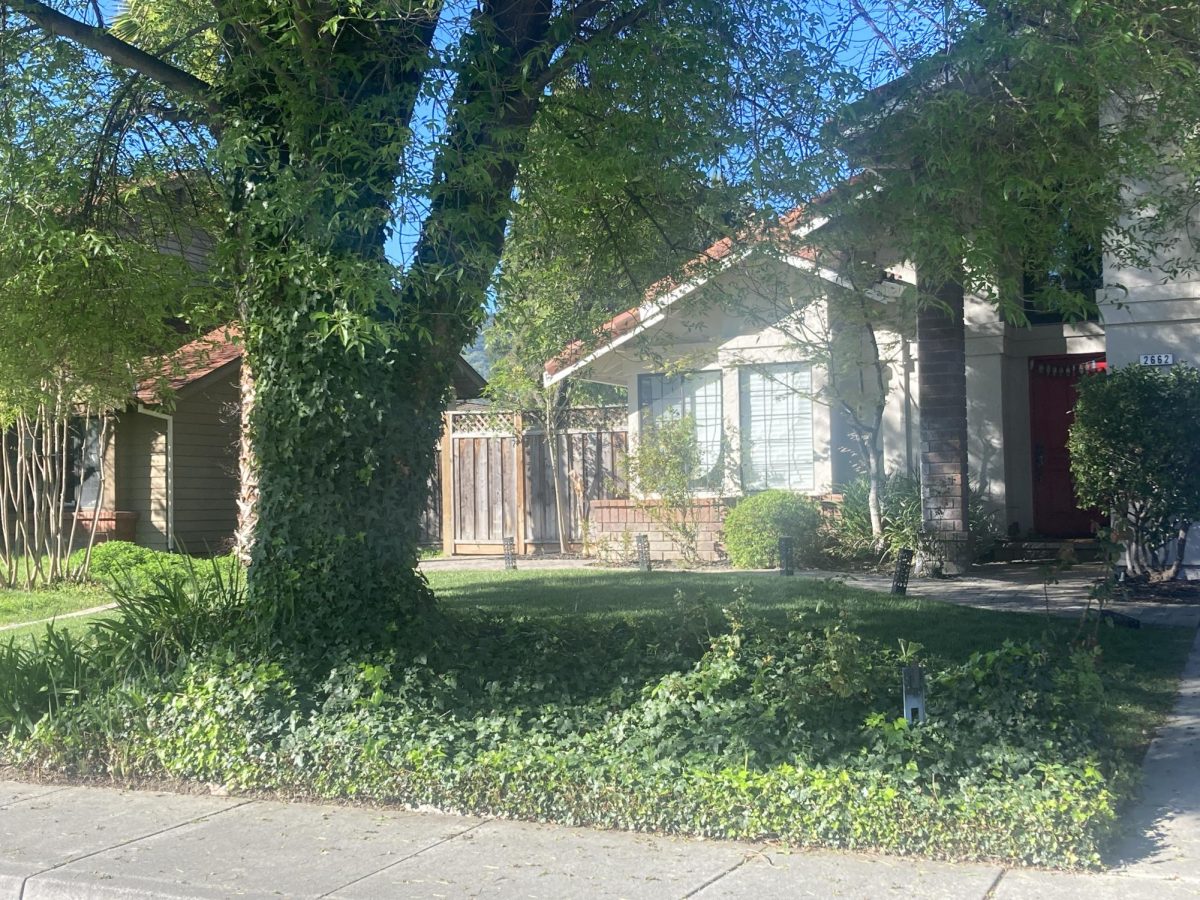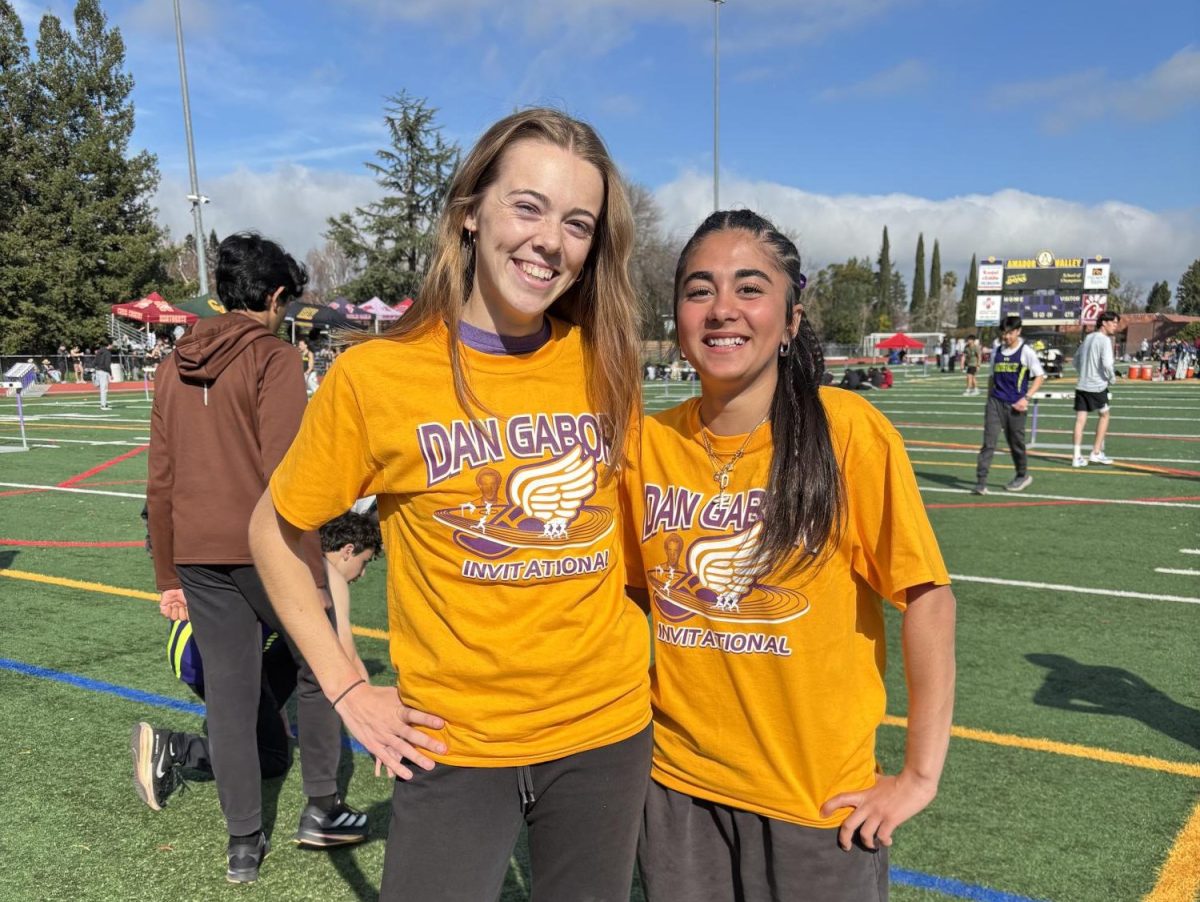At the end of January, the AVHS Science Bowl Club competed in the Sandia National Laboratories High School Regional Science Bowl. The club placed 3rd place amongst extremely competitive schools around Alameda County.
What is Science Bowl?
Their success attests to the hard work that the team members put into excelling in various scientific fields. The club provides textbook resources, which members study to prepare for the competition.
“Our main practices are on weekends, when we have online meetings twice a week, typically with each practice being around one and a half to two hours. In those practices, we train members to prepare for competition by reading past science bowl rounds and then having them buzz in,” said Science Bowl Club President Gaurav Gupta (‘26).
Science Bowl is not just about knowledge, but also about buzzing speed. The competition has a jeopardy-like format where teams try to out-buzz the other team on science questions.
“There are five main subjects: earth and space, math, physics, biology, and chemistry. But then also it’s run by the U.S. Department of Energy so they made up a new subject called Energy to just do random subjects,” said A-Team Captain Rohan Garg (‘26).
The club hosts in-person practices along with online sessions. Recently, they acquired a buzzer system that allows the club to better prepare and simulate the actual competition.
“We also recently got a new buzzer system because we got a grant from PTSA. Because of that, we were able to host some in-person practices throughout January. Those practices were like around 3-4 hours each,” said Gupta.
Beating the Competition
The regional Science Bowl is held in bracket formation, similar to sporting competitions with a round-robin. The top teams qualify for the double-elimination format. However, AVHS was already at a disadvantage due to the heavy competition.
“There’s like 20 to 24 teams that played, and they made four brackets of five teams each. The top two teams from each bracket are promoted to an 8-team double elimination bracket. We started off in the losers bracket since we were playing the two hardest teams in the competition in our bracket,” said Garg.
Despite the heavy competition, AVHS climbed higher and higher. They made double elimination after winning a three-way tiebreaker in round robin. The team eliminated Foothill from the competition, which placed 3rd last year. From there, they beat teams from top schools like Mission San Jose and beat Basis Independence 138-30 to earn 3rd place.
“It felt great to win third place because I know we’ve been working really hard this year. Being one of the most competitive regionals throughout the entire United States, I was pretty happy that we were able to get third place. For example, last year we only made it to the top eight, but this year there was a jump in five places,” said Gupta.
The Plan for the Future
Even with this incredible accomplishment, the Science Bowl Club learned a lot through the competition. The club is planning to make adjustments for next year. They aim to qualify for nationals next year, which is only awarded to the winner of the regional division.
“I think one of our biggest issues was that we lacked knowledge in certain categories. In all the easy rounds, we won pretty much all of them. Near the end, when the topics got much harder, in one or two of them we lacked knowledge. So then the other teams knew more and then they got more questions,” said Garg.
With the club continuing to grow in size, competitiveness, and knowledge, Amador Valley High School has a promising path to the top of Science Bowl.



